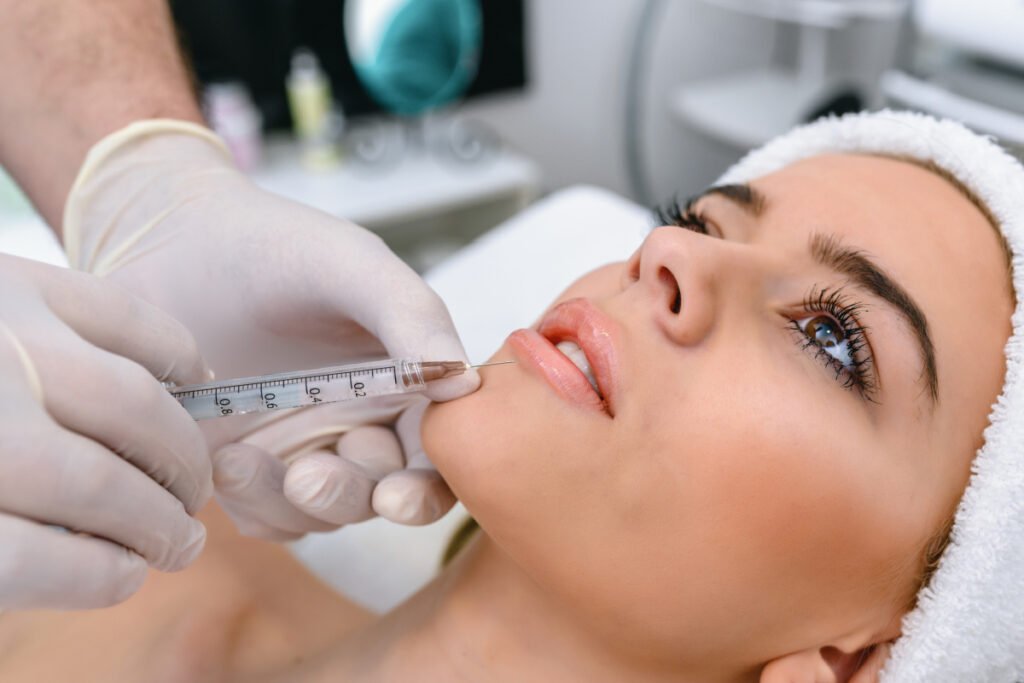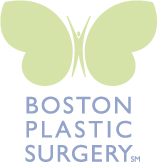FDA-cleared vs. FDA-approved: What’s the difference?
Posted on August 23, 2023 | by Boston Plastic SurgeryWe live in an exciting time for cosmetics, with new technology constantly evolving to help patients reach their diverse aesthetic goals more efficiently. This quick pace of innovation is made possible by oversight from the United States Food and Drug Administration (FDA), which regulates countless medical aesthetic products to ensure they are safe and effective. But do you know the difference between FDA-cleared and FDA-approved products and devices?
Here, Boston board-certified plastic surgeon Dr. Fouad Samaha provides distinctions between FDA clearance and FDA approval, how each is obtained, and the different types of aesthetic treatments and procedures under each category.
The 3 regulatory classes
The process for regulating new products via either FDA clearance or FDA approval depends on the level of risk they may pose. For this reason, the FDA sorts products into three classes—Class I, II, or III—based on the level of safety control needed. As the class goes up, so does the safety regulation.
What is FDA clearance?
FDA clearance designates that a Class I or II product or device is safe and effective for its intended use. To become FDA-cleared, the manufacturer must prove “substantial equivalence” to a predicate device—meaning that the new product is very similar to an existing product (the predicate product) that already has FDA approval or clearance.
The FDA clearance process
Manufacturers must follow these steps to gain FDA clearance.
Step 1: Manufacturers must submit a 510(k) application identifying specific information about the new product or device and include a detailed comparison to the predicate product.
Step 2: The new product must show that it is as safe and effective as the predicate device.
Step 3: The FDA reviews the submitted data and grants clearance if the new product is deemed as safe and effective as the predicate product.
What is FDA approval?
FDA approval formally designates that a product or treatment device has undergone thorough testing and evaluation to demonstrate that it safely and effectively performs the function(s) for its intended use indicated by the manufacturer. Products that the FDA deems “Class III,” like prescription drugs or high-risk medical devices, must go through the FDA approval process.
The FDA approval process
Here is a brief overview of the 5 steps to obtain FDA approval:
Step 1: Doctors or scientists identify a need for an aesthetic (or medical) solution that hasn’t been addressed yet and develop a concept for a new product or device to fulfill this need.
Step 2: Researchers create a prototype for testing in a controlled lab environment to evaluate its safety and potential efficacy.
Step 3: The Premarket Approval (PMA) process checks the safety and effectiveness of these products and requires proof that the benefits are worth the potential risks. (This step is primarily for Class III products.)
Step 4: The manufacturer will submit an application containing all the necessary data, and the FDA thoroughly reviews the application and decides to approve or reject the product. They are required by law to share the decision and all the evidence supporting it in the Federal Register.
Step 5: The FDA monitors the product’s performance and manufacturing process after it is approved. The FDA has systems in place for the public to report issues or learn new information about the product that may emerge over time.
Key differences between FDA clearance and FDA approval
False claims by third-party providers and even manufacturers, usually unintentional, have muddied the waters surrounding these designations. Here are the key differences to help clear things up.
1. Level of regulatory scrutiny
FDA approval involves a stricter evaluation process than FDA clearance. Approval requires extensive research, clinical trials, and comprehensive safety, efficacy, and manufacturing process documentation. In contrast, FDA clearance mainly needs to show that the product is very similar to another one already legally on the market.
2. Types of products requiring approval vs. clearance
FDA approval is required for prescription drugs, biologics, and high-risk medical devices (Class III). FDA clearance is for low to moderate-risk devices (Class I and Class II).
3. Timeframe for obtaining approval or clearance
Due to the research, development, and review stages, the approval process usually takes longer than the FDA clearance process. On average, the approval process for a new drug can take anywhere from 8-12 years.
FDA clearance through the 510(k) pathway can range from just a few months to a few years. Since FDA clearance is usually quicker and cheaper than getting FDA approval, these devices can reach the market more quickly.
Common FDA-cleared and FDA-approved aesthetic products and devices
Now that you know your way around these two distinctions, let’s see what category some of the most common plastic surgery and medical spa devices and treatments fall under.
Types of products that require FDA clearance
Aesthetic products and devices labeled Class I and Class II typically undergo FDA clearance:
- Most laser devices. Lasers can be used for hair removal, skin resurfacing, tattoo removal, and other aesthetic procedures. Examples of FDA-cleared laser devices include:
- Microneedling devices. Microneedling devices use tiny, hair-like needles to create micro-punctures in the skin to stimulate collagen production and improve skin texture. Some may require FDA clearance, depending on the depth of the needles and the treatment claims made by the manufacturer.
- Radiofrequency (RF) devices. RF devices help tighten the skin and offer other aesthetic improvements; this technology may also amplify the benefits of treatments that incorporate RF, such as:
- Ultrasound devices. Ultrasound devices use focused ultrasound energy to lift and tighten the skin. FDA-cleared ultrasound devices include:
- Cryolipolysis devices. This body contouring method uses controlled cooling to freeze and destroy fat cells to target stubborn fat deposits and create a toned silhouette.
Types of aesthetic products that require FDA approval
Class III products that require FDA approval to ensure their safety and effectiveness include these plastic surgery and medical spa staples:
- Implants. Surgical implants are placed inside the body to improve shape and volume in a specific area. FDA-approved implants are used in procedures such as:
- Dermal fillers. These injectable products reduce wrinkles, augment the lips, enhance facial features, and restore facial volume. Some FDA-approved fillers include:
- Neuromodulators. Botox-type injectables temporarily reduce the appearance of expression lines and wrinkles by relaxing targeted muscles. Some FDA-approved neurotoxin injectables include:
- Select laser devices. Lasers help achieve several aesthetic improvements. Most laser devices do not require FDA approval for use, though some devices have the designation, such as:
- Elluminate laser rejuvenation
- Some IPL (intense pulsed light) therapies for conditions like acne
Trust your appearance to a board-certified plastic surgeon
Dr. Fouad Samaha and his medical team of aesthetic specialists at Boston Plastic Surgery have decades of combined experience offering surgical and non-surgical procedures that safely transform their patient’s physical appearance and boost their confidence. Discover why patients in Boston and the surrounding areas trust Dr. Samaha and our staff—schedule your consultation online or call us at (617) 786-7600.

